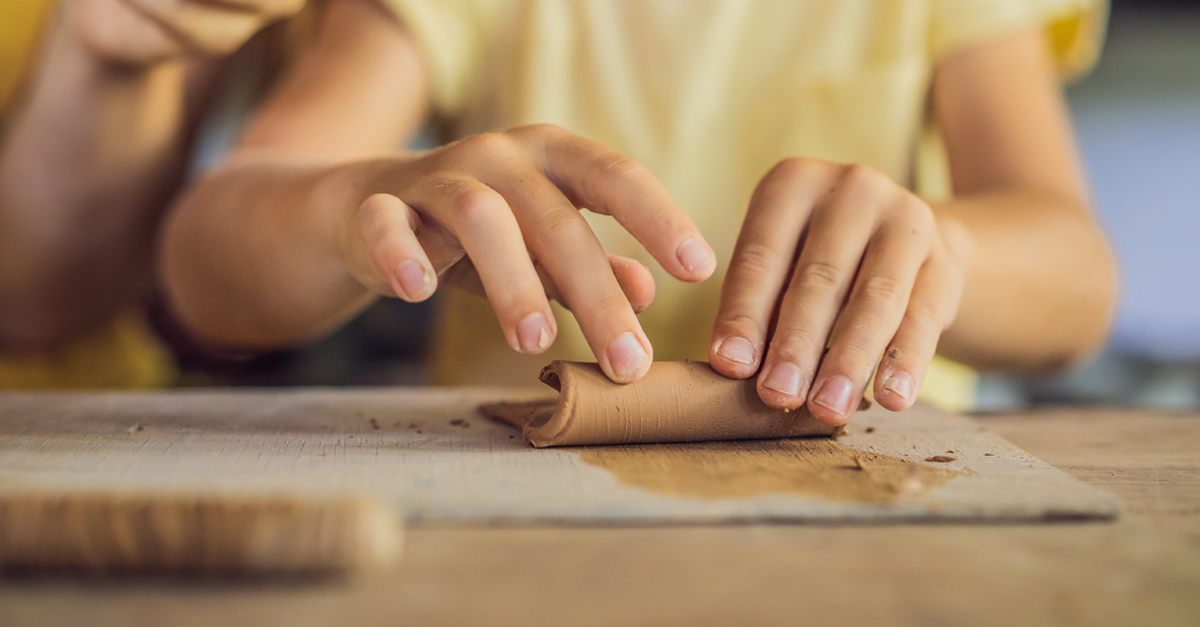Getting Your Kids Engaged in Culture-Making

During the 1860s, a writer and artist named William Morris began a movement that would later become known as the Arts & Crafts movement. Originating in the British Isles, this movement eventually swept all of Europe and North America as well. William Morris encouraged people to “have nothing in your home that you do not know to be useful or believe to be beautiful.” The Arts & Crafts movement is still inspiring artists, architects, interior designers, etc., today and is a source of vision for many people in decorating and furnishing their homes. This movement provides an illustration of the truth that great art begets great art and that great art begins in the home.
When it comes to ‘culture-making’ – engaging in the creative process to build, write, make, design, etc. – Geoffrey Chaucer’s famous phrase “The lyf so short, the craft so longe to lerne” is relevant. There is so much to learn in any given craft and it can feel overwhelming to figure out where to start. Here are some tips for getting your kids engaged in culture-making.
Start now. When it comes to learning a craft, the earlier your child starts, the better. But it is never too late to begin. Whether it’s participating in a local library program or building a beginner’s pottery wheel or taking dance lessons at the local studio, find ways for your child to engage in the arts.
Make it fun. There is plenty of time for hard work, gritty details, and serious self-discipline, but if your child can’t enjoy a particular artistic discipline, it’s defeating the purpose to try and force them to do so.
Help develop discipline. The old adage “practice makes perfect” may be a cliche, but it is true nonetheless. In the same vein, it is often said that writing, for example, is 1% inspiration and 99% perspiration. Help your child develop self-discipline and perseverance. The best way to do this is to encourage them when they are feeling frustrated and to remind them of the fruits of their learning.
Art enriches our lives and allows us to cultivate our potential. A 2013 article in the New York Times, entitled “Is Music The Key To Success”, began with the following:
Condoleeza Rice trained to be a concert pianist. Alan Greenspan, former chairman of the Federal Reserve, was a professional clarinet and saxophone player. The hedge fund billionaire Bruce Kovner is a pianist who took classes at Juilliard.
The article then explores possible reasons why there is a correlation between music training and career achievement. Speaking on that connection, Paul Allen said that music [and this is true of all art] “reinforces your confidence in the ability to create.”
We as parents need to help our children cultivate their creativity and encourage them to dream, create, build, design, and make. Remember, if they feel empowered to create, they will be empowered to change the world, one poem, painting, or piano concerto at a time.
Part three of a four part series on arts and culture.
Part 1 – Art Is Not Mere Luxury
Part 2 – Expose Your Family to Art
Part 3 – Getting Your Kids Engaged in Culture-Making
Part 4 – Art is Irreplaceable